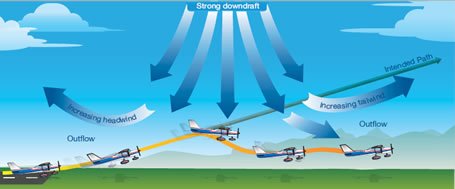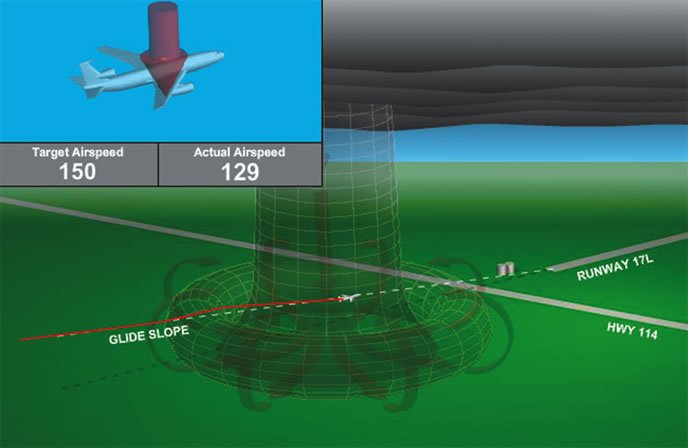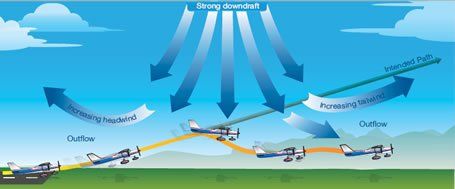On August 2, 1985, Delta Air Lines Flight 191, a Lockheed L-1011, crashed while approaching the Dallas/Fort Worth International Airport, Texas. While passing through the rain shaft beneath a thunderstorm, Flight 191 entered a microburst, which the crew was unable to traverse successfully. Of the 163 aboard, 134 passengers and crew died; 26 passengers and three cabin attendants survived.

The NTSBs probable cause determination included the flightcrews decision to initiate and continue the approach into a cumulonimbus cloud, which they observed to contain visible lightning, and the lack of specific guidelines, procedures, and training for avoiding and escaping from low-altitude wind shear; and the lack of definitive, real-time wind shear hazard information.

While the inertia characteristics of an L-1011 differ greatly from the typical personal airplane, windshear encountered during takeoff and landing can slam any airplane right back onto the runway-or worse. I was in the pattern at Panama City, Fla., just before the gust front for a rather impressive squall line came through. As I was settling into the downwind, a departing pilot let out an audible WTF!! He wobbled airborne just as the wind disappeared from under him, shearing by more than 20 knots from headwind to nothing at all, then to a tailwind. I dont know how he stayed in the air. Immediately thereafter, tower told me to turn and cross midfield to re-enter the pattern for the opposite runway. The air got choppy and the windsock was dancing, but at least my landing was into the wind.
Call them microbursts, windshear or gust fronts, they all are essentially rapidly descending air from violent storms that rushes down, hits the ground and flares outward at speeds sometimes double the winds inside the storm. And since the winds spread in a rough circle around the storms base, its almost sure to swing the direction of the windsock.




